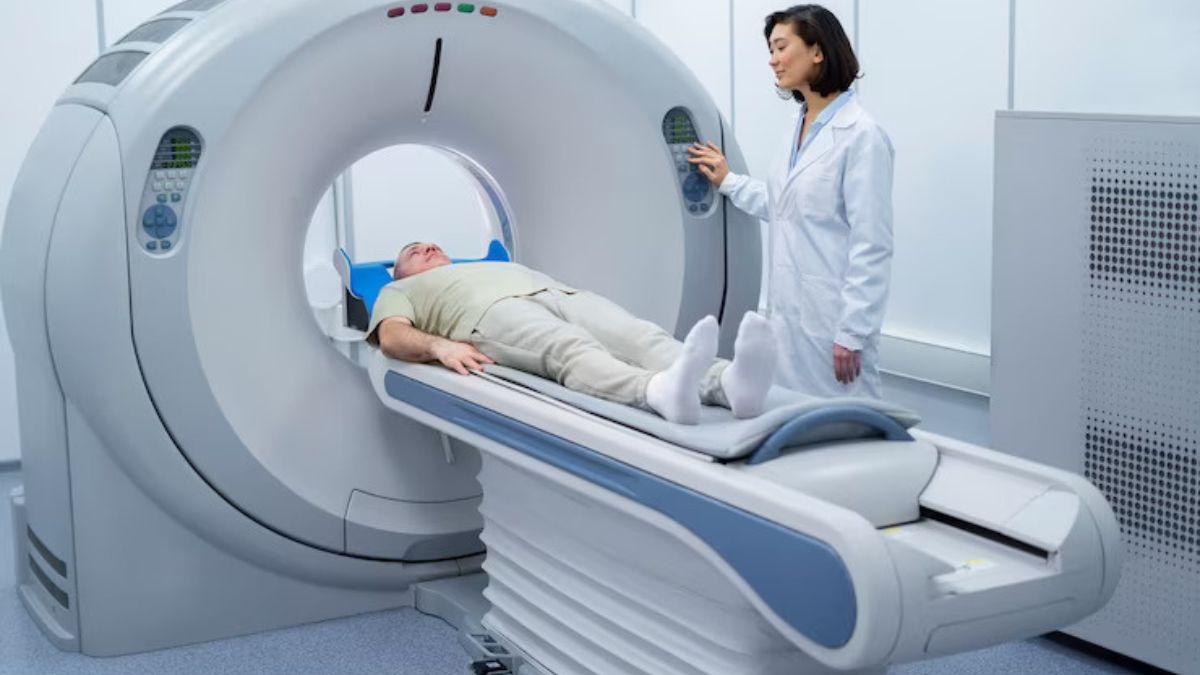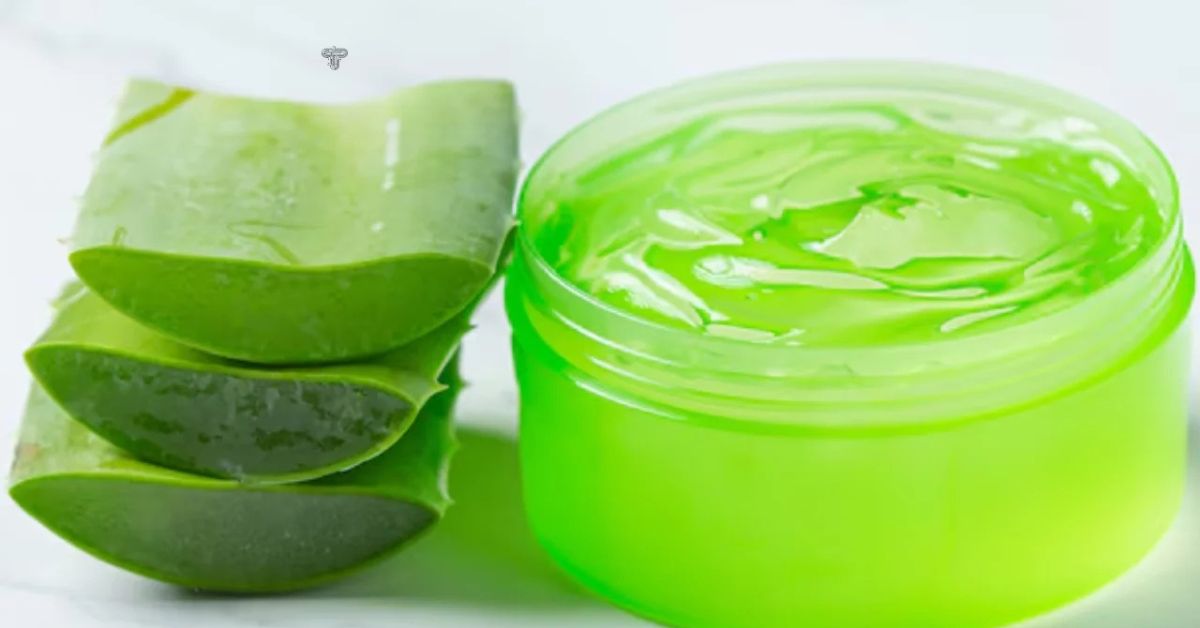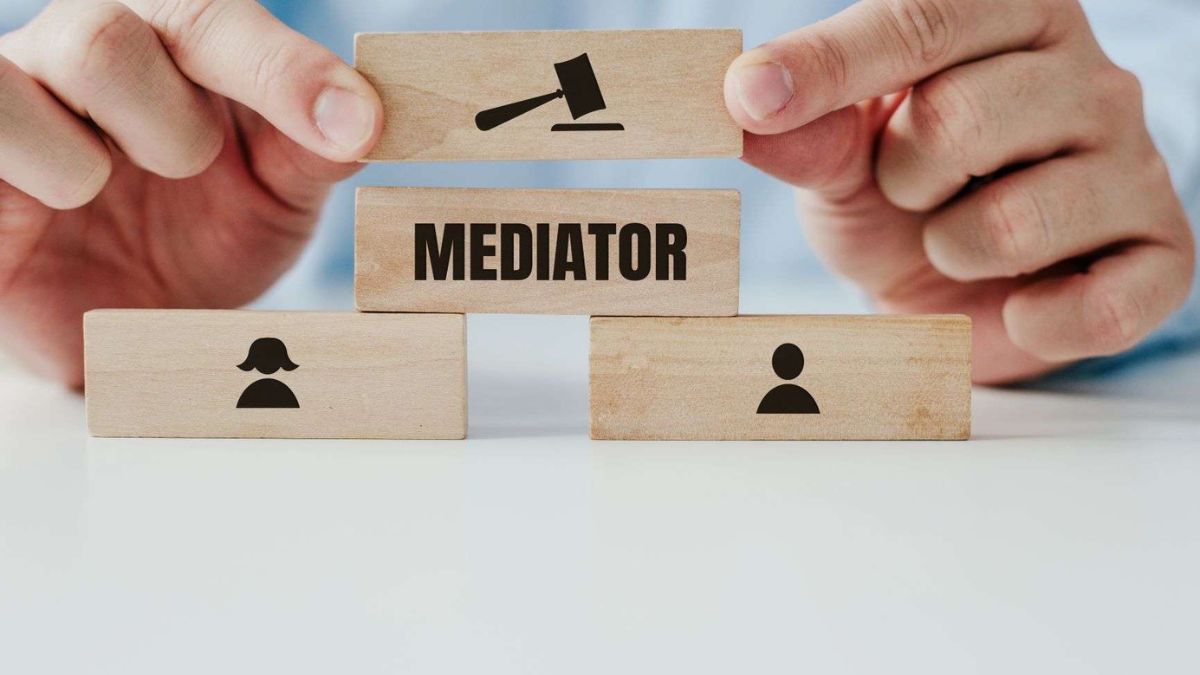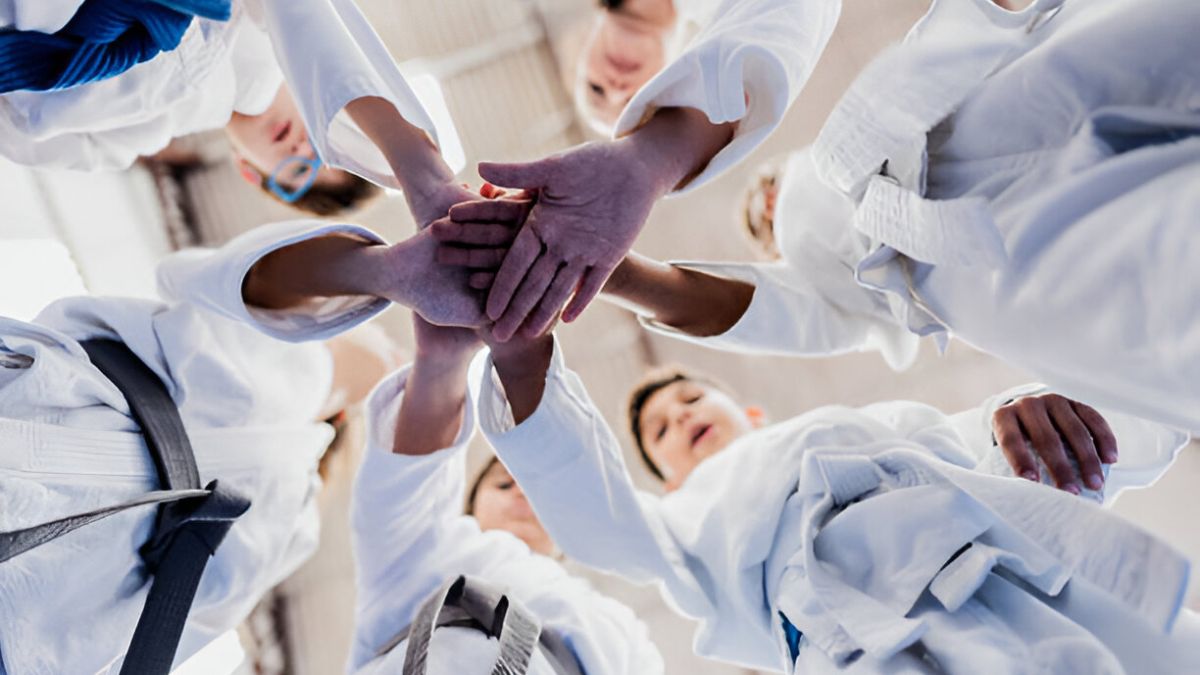HEALTH
Understanding Sciatica: When an MRI Is Necessary for Treatment

Sciatica is a condition that can cause severe pain, often radiating from the lower back down to one or both legs. It’s a common ailment, but the treatment options vary depending on the underlying cause. While many people find relief from conservative treatments like physical therapy or medication, some cases require more extensive evaluation. One tool that plays a crucial role in diagnosing and managing sciatica is magnetic resonance imaging (MRI). In this article, we’ll explore when an MRI is necessary for treating sciatica and how it can provide essential insights into the condition.
What Is Sciatica?
Sciatica refers to pain that travels along the sciatic nerve, which runs from your lower back, through your hips and buttocks, and down each leg. It is not a condition itself but rather a symptom of an underlying issue, often related to nerve compression. The pain is typically one-sided and can vary from mild discomfort to debilitating agony.
The most common causes of sciatica include a herniated disc, spinal stenosis, or degenerative disc disease. These issues can put pressure on the sciatic nerve, causing inflammation, pain, and sometimes numbness or tingling sensations in the affected leg. Other factors, such as muscle imbalances or piriformis syndrome, can also contribute to sciatica.
If you are experiencing symptoms such as sharp, shooting pain, or a constant ache that affects your ability to walk or sit comfortably, it’s essential to consult a healthcare provider. If you’re unsure about your symptoms, you can learn more about Sciatica at Modern Orthopaedics, where experts offer comprehensive care and treatment plans for sciatica and related conditions.
The Role of MRI in Diagnosing Sciatica
MRI, or magnetic resonance imaging, is a non-invasive imaging technique that uses powerful magnets and radio waves to create detailed images of the internal structures of your body. Unlike X-rays, which primarily show bone structures, MRIs are excellent for examining soft tissues such as muscles, nerves, and discs.
In the case of sciatica, an MRI is a crucial diagnostic tool because it can reveal the underlying causes of nerve compression. For example, a herniated disc may be pressing on the sciatic nerve, which could be the source of the pain. Spinal stenosis, or narrowing of the spinal canal, is another condition that can be diagnosed using MRI and may contribute to sciatica. The detailed images produced by an MRI allow doctors to assess the severity of the problem and determine the best course of treatment.
One of the key advantages of MRI over other imaging techniques is its ability to provide detailed images of soft tissues. For example, it can help doctors identify bulging or ruptured discs, misalignments, or other abnormalities that an X-ray would miss. This is why MRIs are often the preferred diagnostic tool when sciatica symptoms are severe or persistent.
When Is an MRI Necessary for Sciatica Treatment?
Not all cases of sciatica require an MRI. In fact, most sciatica symptoms resolve on their own with conservative treatments like rest, physical therapy, or over-the-counter pain relievers. However, there are certain situations where an MRI becomes necessary for proper diagnosis and treatment.
1. Persistent or Severe Symptoms
If your sciatica symptoms have lasted for more than 4-6 weeks and don’t improve with conservative treatments, it may be time for an MRI. Chronic pain or significant discomfort that interferes with daily activities could indicate an underlying issue that requires further investigation. An MRI can provide a clearer picture of what is causing the pain and help determine whether more aggressive treatments are necessary.
2. Severe or Progressive Symptoms
Certain signs may indicate that the situation is more serious and requires immediate attention. For example, if you experience leg weakness, difficulty controlling bladder or bowel functions, or significant pain that radiates down one leg, an MRI may be necessary. These symptoms could indicate a more severe nerve compression or even a herniated disc that is putting pressure on the spinal cord. An MRI can help identify these issues and guide the treatment plan.
3. To Rule Out Other Conditions
In some cases, sciatica-like symptoms may be caused by other underlying conditions such as infections, tumors, or fractures. An MRI is a useful tool for ruling out these possibilities, as it provides a detailed image of the spine and surrounding structures. If your doctor suspects that something other than a simple disc herniation may be causing your sciatica, they may recommend an MRI for further investigation.
4. Failure of Conservative Treatments
If your sciatica symptoms do not improve after several weeks of conservative treatments, an MRI may be needed to evaluate whether surgery or other invasive treatments are required. MRI results can help doctors assess the extent of nerve damage or disc issues, which can influence whether surgery or other interventions are necessary.
What an MRI Can Reveal About Sciatica
An MRI can uncover a variety of conditions that may be contributing to sciatica. Here are some of the most common findings:
- Herniated Discs: One of the most common causes of sciatica, herniated discs occur when the soft inner material of a spinal disc pushes through the outer layer and compresses nearby nerves. An MRI can reveal the location and extent of the herniation.
- Spinal Stenosis: This condition involves the narrowing of the spinal canal, which can put pressure on the spinal cord and nerves. MRI scans can show areas of narrowing, helping doctors determine the best treatment approach.
- Degenerative Disc Disease: Over time, spinal discs can wear down and lose their cushioning ability. MRI can identify these degenerative changes and their impact on nearby nerves.
- Spondylolisthesis: This occurs when one vertebra slips out of alignment over the one below it, often leading to nerve compression. MRI can detect this misalignment and help doctors plan the appropriate treatment.
- Tumors or Infections: In rare cases, tumors or infections can cause sciatica-like symptoms. An MRI is essential for detecting these serious conditions and differentiating them from more common causes of sciatica.
If you’re in New Jersey and want to better understand your MRI results or discuss treatment options, you can request an MRI review in New Jersey with a local healthcare provider like those in New Jersey Spine Institute.
Alternatives to MRI in Sciatica Diagnosis
While MRIs are invaluable in diagnosing sciatica, they are not always the first step in treatment. In many cases, a doctor will perform a physical examination and may recommend other diagnostic tests, such as X-rays or CT scans.
X-rays can show bony abnormalities, such as bone spurs or fractures, but they cannot provide detailed images of soft tissues like nerves and discs. CT scans, which use a series of X-rays to create cross-sectional images of the body, can offer more detail than a traditional X-ray and may be used in place of an MRI if needed.
Nerve conduction studies and electromyography (EMG) tests may also be used to evaluate the function of the nerves and muscles, especially if there is concern about nerve damage.
Conclusion
MRI plays a vital role in diagnosing sciatica and guiding treatment decisions. For most people, sciatica improves with conservative treatments, but if the pain is severe, persistent, or associated with other concerning symptoms, an MRI can provide valuable insight into the underlying cause. Whether it’s identifying a herniated disc, ruling out more serious conditions, or helping determine the need for surgery, MRI scans are an essential part of the sciatica treatment process. If you’re struggling with sciatica, it’s important to consult with a healthcare provider to determine whether an MRI is necessary for your diagnosis and treatment plan.
HEALTH
Gel Ooru: A Journey into Heritage and Meaning

‘Every culture has its own set of unique words that are tied to history, land, and lifestyle. One such word that holds charm and curiosity is gel ooru. It’s a term that echoes cultural roots, connects people to their heritage, and tells a story far beyond just a literal meaning. When we explore gel ooru, we uncover not only its etymology but also the emotions and values it represents. Whether you’ve heard it in a song, a traditional saying, or from someone reminiscing about their past, gel ooru invites a deeper dive into its significance.
What Does Gel Ooru Mean?
Gel ooru can be interpreted as a term referring to one’s native place or village. In some South Asian languages, particularly in Kannada or other Dravidian roots, the phrase is often used to describe one’s hometown or ancestral land. It’s not just a place—it’s an identity. The very sound of gel ooru brings to mind images of fields, childhood memories, old temples, and simpler times. It speaks to where someone comes from, both geographically and emotionally.
The Emotional Weight Behind Gel Ooru
For many, gel ooru isn’t just about geography. It’s where their grandparents lived, where childhood summers were spent, or where family traditions were passed down. Even for those who’ve left their gel ooru for education or work in cities, there’s always a tug at the heart when they speak of it. The phrase holds a blend of nostalgia and pride. It’s common to hear someone say they are going “back to gel ooru,” especially during festivals or vacations. That phrase alone can light up conversations, bringing warmth and fond memories.
How Gel Ooru Shapes Identity
In rural or even semi-urban societies, gel ooru is tied directly to a person’s identity. People often introduce themselves not only with their name but also by mentioning their gel ooru. It gives a sense of belonging and roots. For instance, in traditional communities, knowledge of someone’s gel ooru helps understand their background, dialect, customs, and even cuisine preferences. It is part of the social fabric that binds people together with a shared understanding of their origins.
Language and the Cultural Ties to Gel Ooru
The use of the term gel ooru across generations shows how language carries culture. Whether it’s spoken during storytelling, sung in folk songs, or written in local literature, it is a reminder of the deep respect for one’s birthplace. Language preserves emotions, and gel ooru is one such emotional keyword. It doesn’t need translation because its meaning is felt more than explained. Even the way the word is pronounced often carries a lilt of affection and pride.
The Connection Between Gel Ooru and Traditions
Every gel oor’u comes with its own traditions—festivals celebrated uniquely, local deities worshipped in age-old temples, or specific foods cooked during harvest seasons. These traditions are often exclusive to that specific place and make it unique. A person might fondly recall the festival celebrations or community rituals that made their gel oor’u special. These traditions are more than routines; they’re expressions of culture, and gel oor’u becomes a vessel that carries them across time.
Why People Return to Their Gel Ooru
No matter how far someone travels, there’s often an innate desire to return to their gel oor’u. This is especially visible during festival seasons when cities empty out as people travel back to their native villages. It’s a time for reconnecting with family, tending to ancestral homes, participating in age-old rituals, and simply soaking in the slower rhythm of rural life. The peace and simplicity found in gel oor’u are hard to replicate elsewhere. It offers a break from modern hustle and serves as a reminder of one’s simpler roots.
Changing Faces of Gel Ooru in the Modern Age
With the spread of urbanization, many gel oor’us have evolved. Roads are paved, new buildings are constructed, and lifestyles are slowly shifting. However, while the outer appearance may change, the soul of the place often remains intact. Elders still recount old stories, traditional customs are preserved, and nature continues to be a vital part of daily life. Interestingly, many young professionals are now returning to their gel oor’u, driven by the need for peace, affordability, and connection with the land. This reverse migration gives a new dimension to what gel oor’u represents in today’s world.
The Role of Gel Ooru in Literature and Cinema
In many regional stories, novels, and films, gel oor’u serves as a backdrop that grounds the narrative. Characters often travel from cities to their gel oor’u and go through transformative experiences. The journey back becomes symbolic—a return to values, authenticity, and inner peace. Filmmakers and authors use gel oor’u to highlight contrasts between urban and rural life. These stories often carry deep moral and emotional lessons, where the village or native place becomes almost a character itself.
Preserving the Essence of Gel Ooru
As time goes on, there’s an increasing need to preserve the soul of gel oor’u. That doesn’t mean resisting progress but embracing it while holding on to traditions. Preserving old buildings, celebrating festivals, and teaching children about their roots are all ways to keep the gel oor’u spirit alive. Oral storytelling, family albums, traditional crafts, and even social media now play roles in keeping memories and practices from gel oor’u vibrant and relevant.
Gel Ooru and Family Legacies
Often, gel oor’u houses ancestral homes, land that has been passed down generations, or even family temples. These physical spaces serve as living reminders of lineage and legacy. They are the places where family trees are discussed over evening tea and where elders narrate their own childhood stories. These legacies give people a sense of continuity. Visiting one’s gel oor’u becomes more than just a vacation; it’s a reaffirmation of who you are and where you come from.
The Simplicity and Strength of Gel Ooru Life
Life in gel oor’u is often slower, simpler, and closer to nature. People wake up with the sun, work with the soil, and share strong community bonds. There is beauty in this simplicity—a rhythm that connects people to what really matters: food, family, and faith. This lifestyle, while often seen as “basic” by outsiders, is rich in wisdom and sustainability. It teaches resourcefulness, gratitude, and humility. Many people, after experiencing city fatigue, find solace in this way of life.
How Gel Ooru Sparks Creativity
It’s no surprise that many artists, musicians, and writers draw inspiration from their gel oor’u. Whether it’s the landscape, the people, or the life lessons learned there, gel oor’u becomes a creative wellspring. Songs about childhood, paintings of village scenes, and stories filled with earthy metaphors all celebrate the gel oo’ru experience. Creativity blooms in these settings because the connection to self is so strong, unclouded by modern distractions.
Looking to the Future: Gel Ooru and Digital Age
In the digital age, even gel oor’u is finding its place online. From YouTube channels dedicated to rural cooking to Instagram pages showcasing village life, gel oor’u is gaining a global audience. Youngsters are sharing drone shots of their ancestral homes, writing blogs about festivals, and even starting eco-tourism ventures. The digital world is helping preserve and amplify the charm of gel oor’u like never before. It’s proof that tradition and technology don’t have to be enemies.
Final Thoughts on the Enduring Power of Gel Ooru
Gel ooru is more than a location—it’s a feeling, a memory, and a guidepost. It stands for roots, authenticity, and a timeless rhythm of life. No matter how much the world changes, the idea of gel oor;u continues to offer comfort, identity, and inspiration. It reminds us of our roots and urges us to stay grounded. Whether you visit your gel oor’u once a year or just carry it in your heart, its influence never really fades.
HEALTH
Mediators in OKC Share 6 of the Best Mediation Tactics for Difficult Child Custody Mediations

Child custody battles are often an emotional and stressful legal situation for anyone. In Ok, people inform expert mediators to make fair agreements without any fight, because when emotions run high, one important thing is the right strategy. Top mediators in OKC use six of the best tactics in difficult child custody arrangements for a peaceful outcome. Moreover, process servers in Oklahoma City and private investigators near me play a vital role in such situations.
1. Start with Common Ground
One of the best things about mediation is finding something that meets the choices of both parents. If mediators start from these small things, their argument can be stronger. Like a skilled process server in OKC, a mediator must know how to deal with the tension between parents. A good mediator uses techniques that do not cause any emotional suffering.
2. Keep It Child-Focused, Not Parent-Focused
It is easy for parents to talk about their choices. But a successful mediator keeps both parties focused and makes decisions that are best for the child and both parents. Sometimes, they need to gather evidence, and private investigators near me help them in such situations.
3. Use Breakout Sessions Wisely
When emotions run high, successful mediators keep both parents in separate rooms and speak to them separately. This trick keeps things normal and allows both parents to share their ideas. It is similar to a process server in OK jobs, they often go through such situations during document delivery so that they can help mediators.
4. Bring in Helpful Facts and Evidence
In some of the high-conflict cases, mediators hire private investigators and process servers in Oklahoma to collect information and evidence to prove if one of the parents is not telling the truth about their schedules and daily life situations. Availability of these facts during mediation makes things clear and helps professionals solve the conflict.
5. Use Creative Parenting Plans
Every family is different. Mediators often suggest creative custody arrangements. Whether they ask for split holidays, midweek visits, or virtual check-ins, clever mediators like process server near me always try to avoid conflicts for parents and children.
6. Set Realistic Expectations Early
One of the biggest mistakes in child mediation is when neither of the parents agrees fr anything and both want to win. Skilled mediators help handle these situations and leave no one feeling shocked. This honesty helps both parents to compromise and achieve success.
Bonus Insight: Why Process Servers and Investigators Matter in Custody Cases
Behind the scenes of many custody battles that get solved, there are professionals like process servers in Oklahoma City and private investigators in OKC who make sure everything runs smoothly. They deliver court papers safely and gather important evidence for better solutions.
If you have ever searched for process servers and private investigator near me, it means you understand that their services are reliable and they can solve serious and sensitive matters.
Conclusion
Child custody arrangements are not easy for anyone, but if parents follow the right suggestions and strategies, they can solve the conflict. The best mediator in OKC is how to deal with emotional parents and focus on the child. With the help of experienced private investigators and process servers ,the process can be smoother and reliable.
HEALTH
Why Martial Arts Sydney Is More Than Just Self-Defence

Do you want to know what makes martial arts different from other physical activities? When you train in martial arts Sydney, you learn skills that help you defend yourself while building mental strength development in practical ways that improve your daily life.
What Martial Arts Classes Really Teach You
Many people join martial arts, thinking they’ll only learn how to fight. The reality? Martial Arts training reshapes your body and mind in ways regular gym workouts don’t.
How You Build Toughness Through Training
Martial arts classes put you in challenging situations on purpose. You learn to handle pressure, solve problems, and develop grit that serves you everywhere.
Regularly facing difficulties with supportive classmates makes you calmer during stressful moments. This calm helps with work deadlines, traffic jams, and family emergencies alike.
Can Martial Arts Actually Improve Your Concentration?
Our attention gets pulled in countless directions every day. Martial arts Sydney training counteracts this by requiring total focus during practice. You don’t just pay attention briefly – you train your mind to lock in completely.
Many parents are told by teachers since their child started classes, they sit still and listen better in class. The clear instructions and immediate feedback in martial arts make focus a trainable skill, not just something you either have or don’t.
Why You’ll Make Real Friends
Academies that teach martial arts Sydney create communities, unlike typical gyms. People who sweat, struggle, and succeed together form genuine bonds.
Your training partners quickly become people who understand your challenges both in and out of class. Many students initially join for fitness but stay for years because of these connections – something particularly valuable in a busy city where meaningful interaction often feels rare.
Physical Changes You Might Not Expect
Regular exercise makes anyone fitter, but training in martial arts Sydney develops specific physical abilities most workout routines miss entirely.
How Your Strength Changes
Unlike machines that isolate muscles, martial arts movements engage your entire body. You develop practical strength that helps with everything from carrying groceries to playing with kids.
Furthermore, martial arts classes teach you to use tension only when needed while relaxing elsewhere. This efficiency helps office workers with chronic tension and weekend athletes alike.
Why Your Coordination Improves
Through repeated practice of precise movements, you rewire your brain’s movement patterns. This improved body awareness leads to better balance, posture, and overall movement quality.
Adults who always considered themselves “uncoordinated” often discover this quality isn’t fixed – it can be developed. The changes happen gradually but add up to noticeable improvements in how comfortably you move through daily life.
How To Choose A Good Martial Arts Sydney Academy
With dozens of options across Sydney, how do you find a school that teaches these deeper skills rather than just physical techniques?
Look at how instructors interact with students. Do they explain the “why” behind movements? Do they address the mental aspects of training? Good schools emphasize character alongside technique.
Check if classes include students of different abilities training together respectfully. The best academies for martial arts Sydney maintain high standards while adjusting teaching methods for individual needs.
Why Start Martial Arts Now
Martial arts training gives you practical self-defence skills while developing mental toughness, focus, and community connections. These benefits help in every area of your life.
Are you ready to see these changes yourself? Visit a local martial arts Sydney academy this week. Watch a class. Talk to students. Find training that fits your goals and schedule – your future self will thank you for taking this important first step.
-

 TECHNOLOGY9 months ago
TECHNOLOGY9 months agoAbout Technology From Axiumtechnet: Exploring the Beautiful Future
-

 TOPIC9 months ago
TOPIC9 months agoInvitation Printing: How to Create Perfect Invitations for Any Occasion
-

 TECHNOLOGY9 months ago
TECHNOLOGY9 months agoThe Rise of Hqpotner: Exploring Its Impact on the Blogging Community
-

 TECHNOLOGY9 months ago
TECHNOLOGY9 months agoAlpha Technologies Fxm350 Snmp Oid: Comprehensive Overview
-

 BUSINESS9 months ago
BUSINESS9 months agoGoogle Business Profile Kgmid Extractor: A Deep Dive
-

 FASHION9 months ago
FASHION9 months agoUnderstanding Influencersginewuld: The New Wave of Digital Marketing
-

 BUSINESS9 months ago
BUSINESS9 months ago36dview Photography Business Info: Your Ultimate Guide
-

 BUSINESS9 months ago
BUSINESS9 months agoDining Delights: 200 E Business Hwy 23 Walsco Tx
